We took the Zodiacs out for a trip around Wilhelmina Bay – favourite feeding ground for humpback whales.
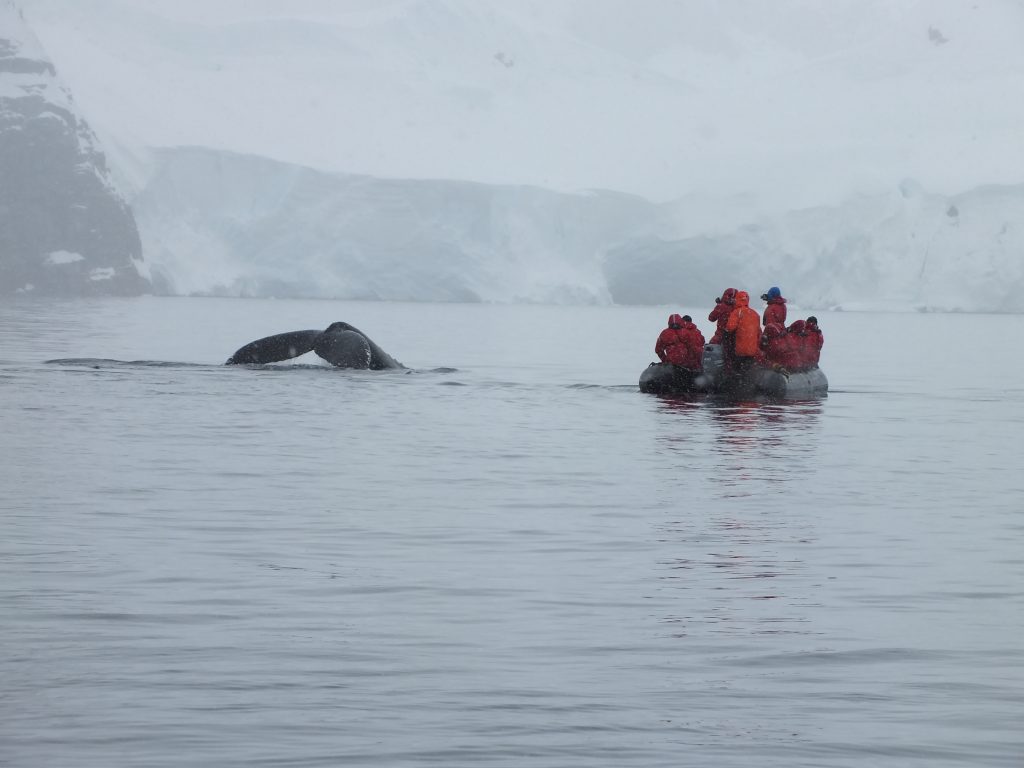
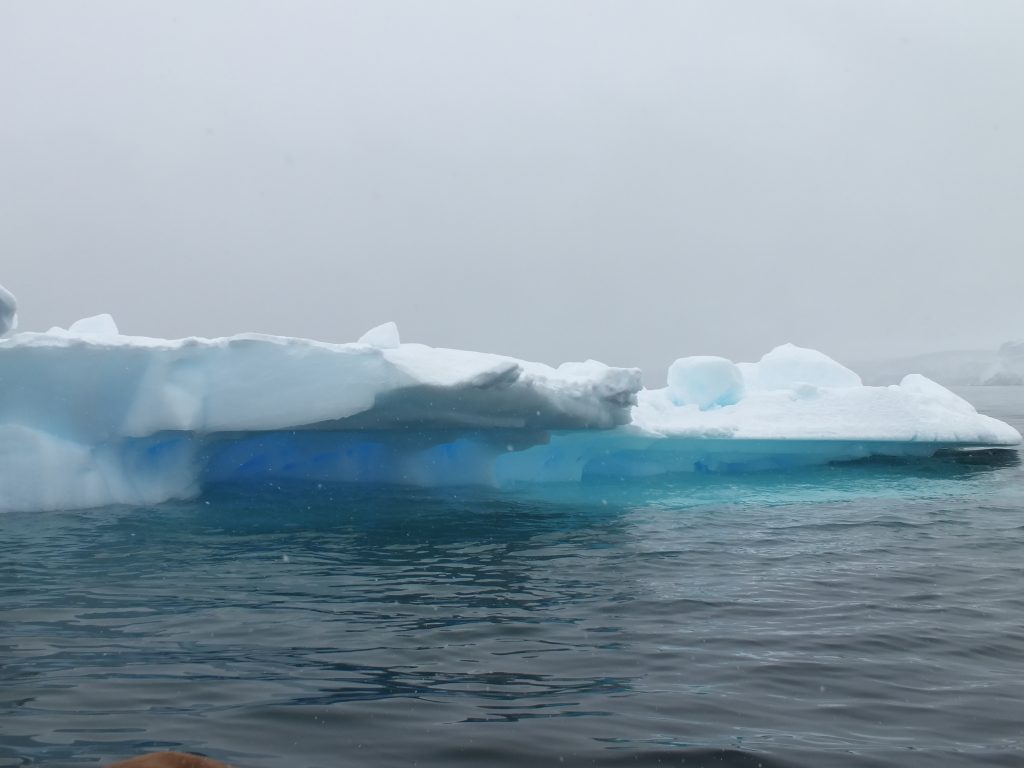
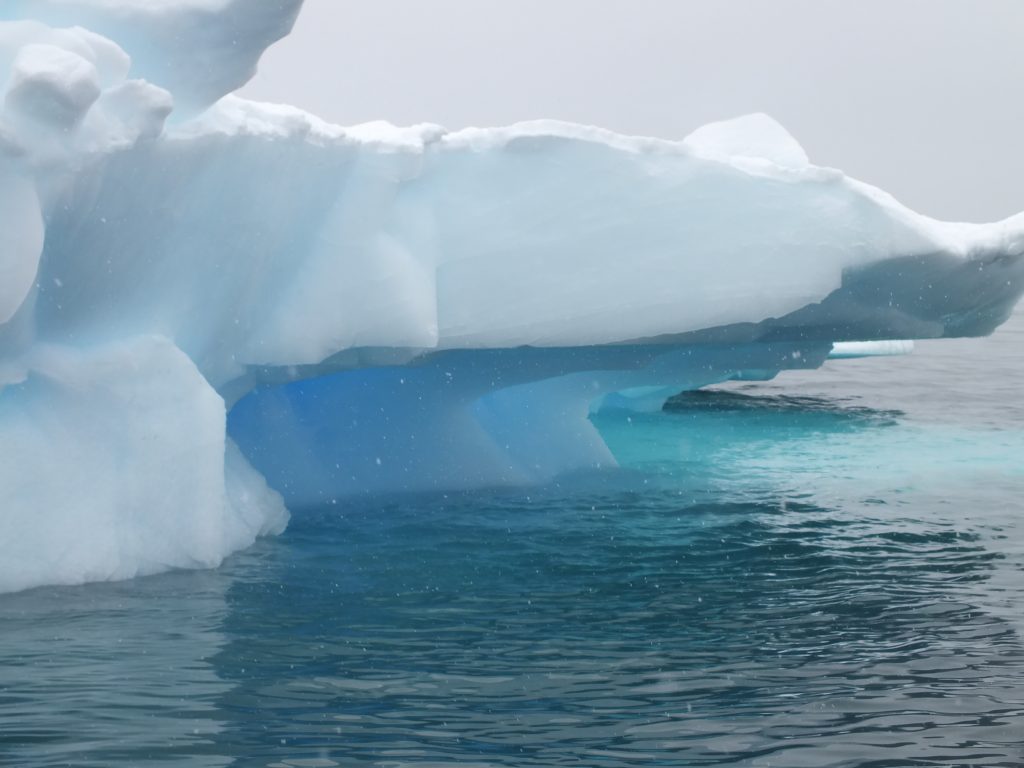
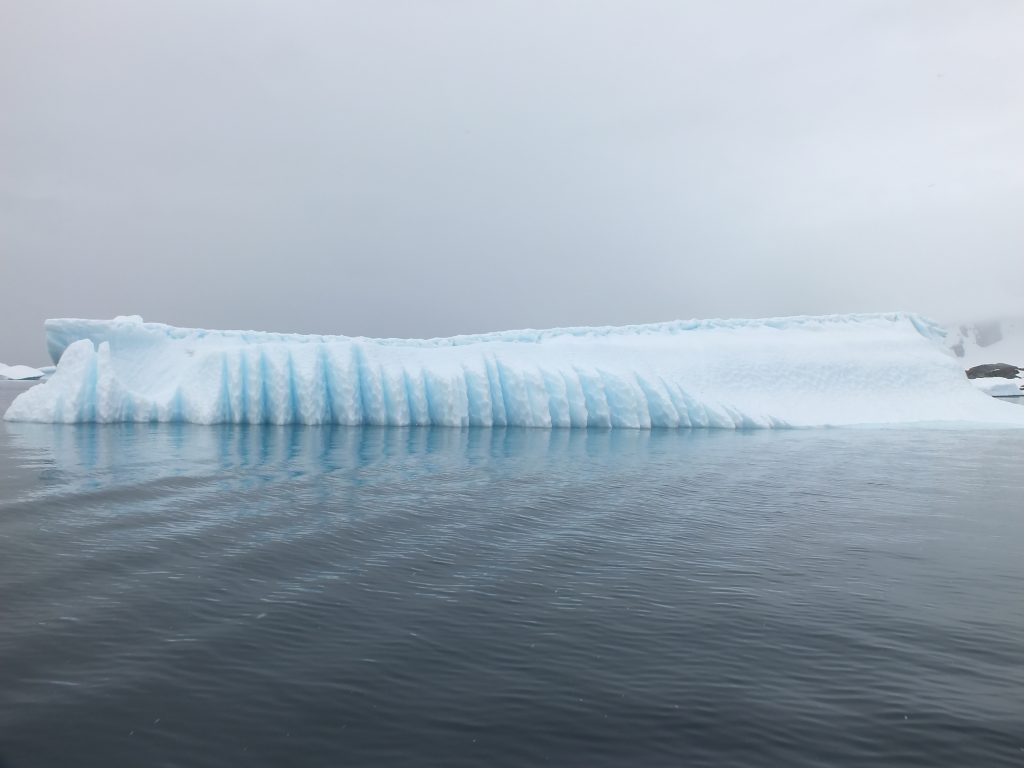
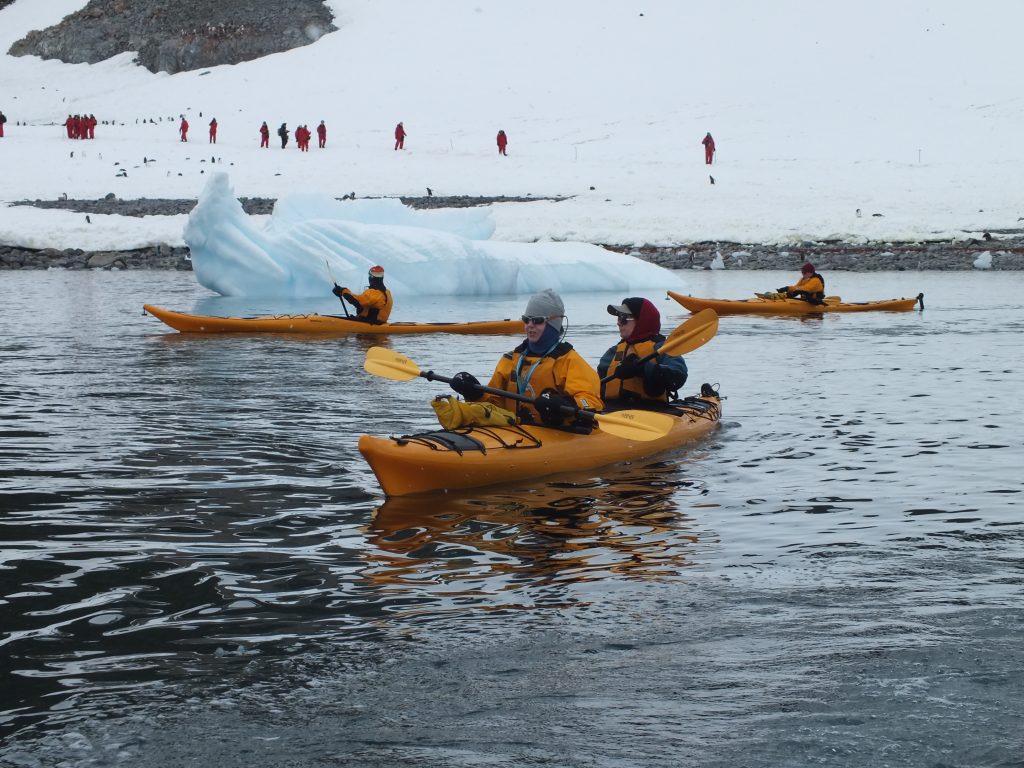


We took the Zodiacs out for a trip around Wilhelmina Bay – favourite feeding ground for humpback whales.


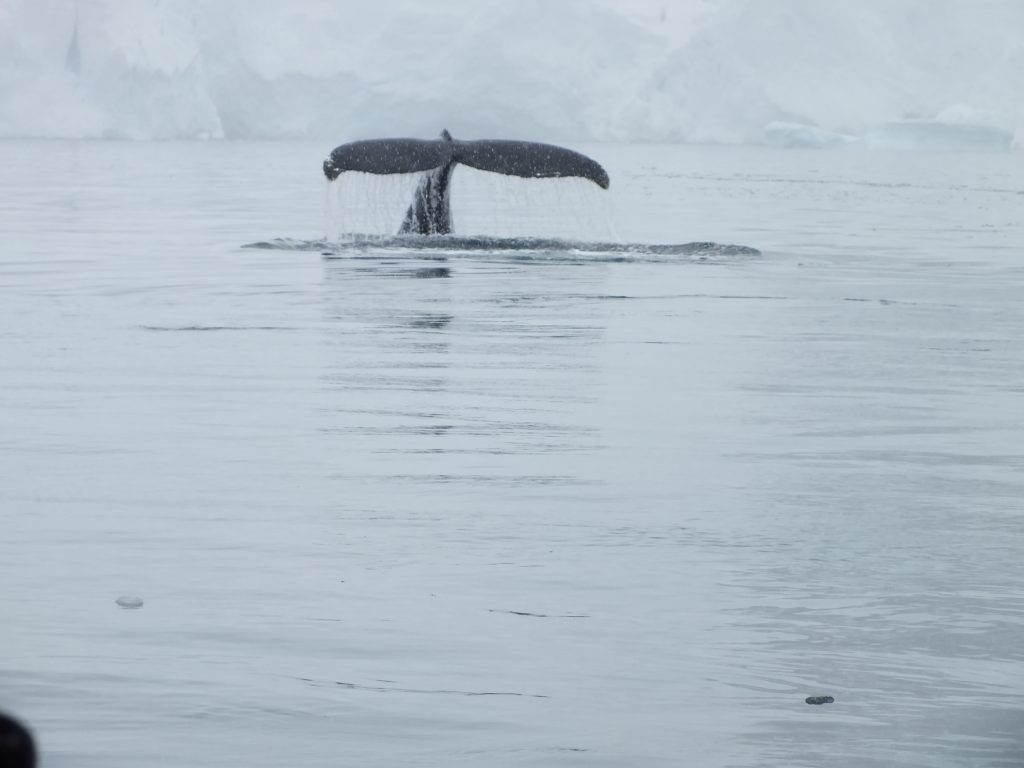





Before I go any further I need to explain something about this and the next couple of blogs. I am posting this 5 years on. Until this week I hadn’t noticed that I had neglected to finish posting the last 3 blogs. In the meantime, the application I use to write the blogs has improved significantly. The photographs are a decent size now when inserted – putting the older blogs to shame. (I may have to go back over old blogs and re-insert the photos).
Because it has been so long since we did the trip, I’ll have less to say than usual so I’ll let the photos speak for themselves.
One of the many advantages of our ship, the Vavilov, is the fact that due to its size, it is more maneuverable than larger cruise ships. This meant that we were able to pay a visit and land on Deception Island. The island got its name due its outward appearance as a normal island, when in fact it is actually a ring around a flooded volcano caldera. The narrow entrance is called Neptune’s Bellows.

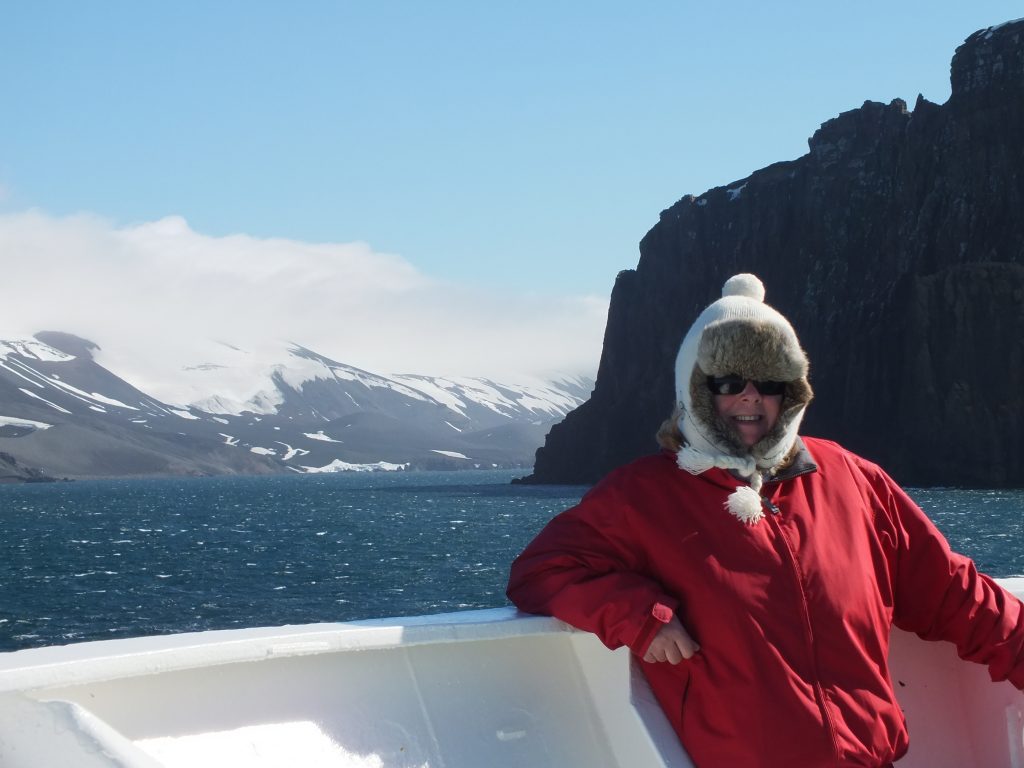
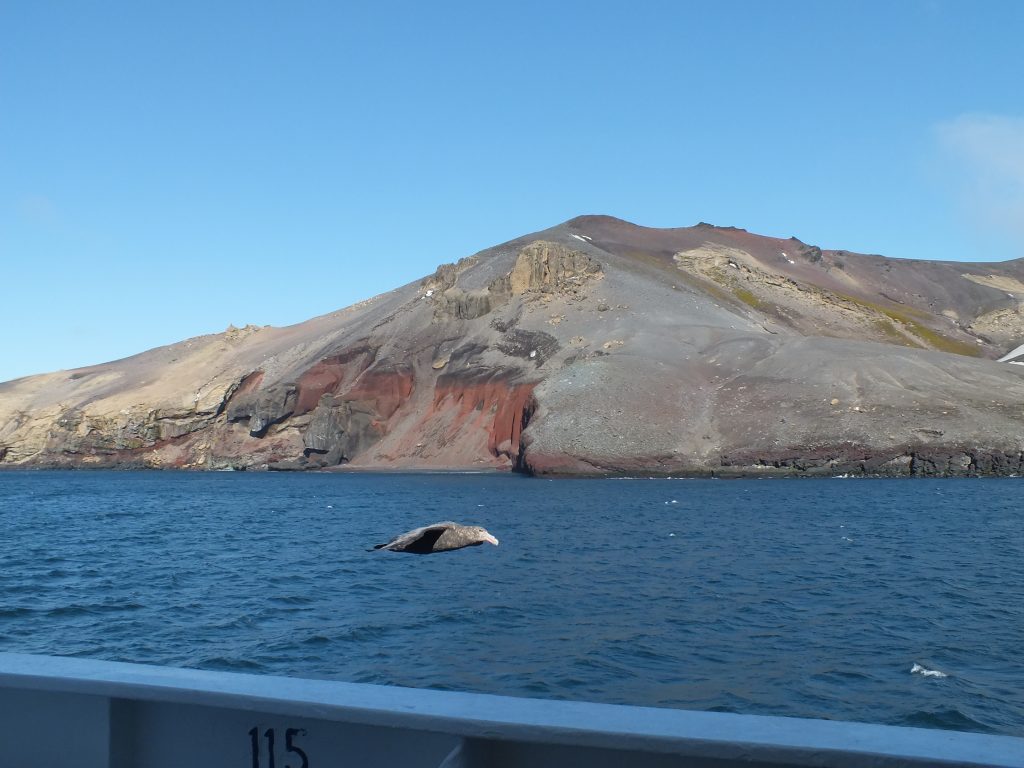
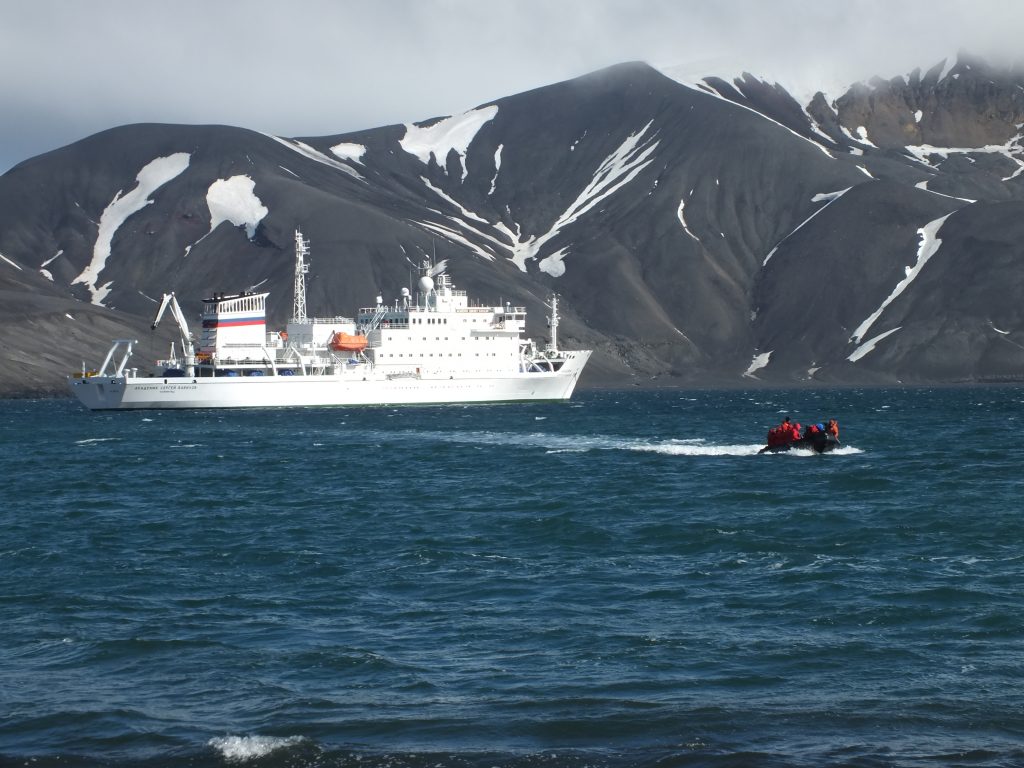
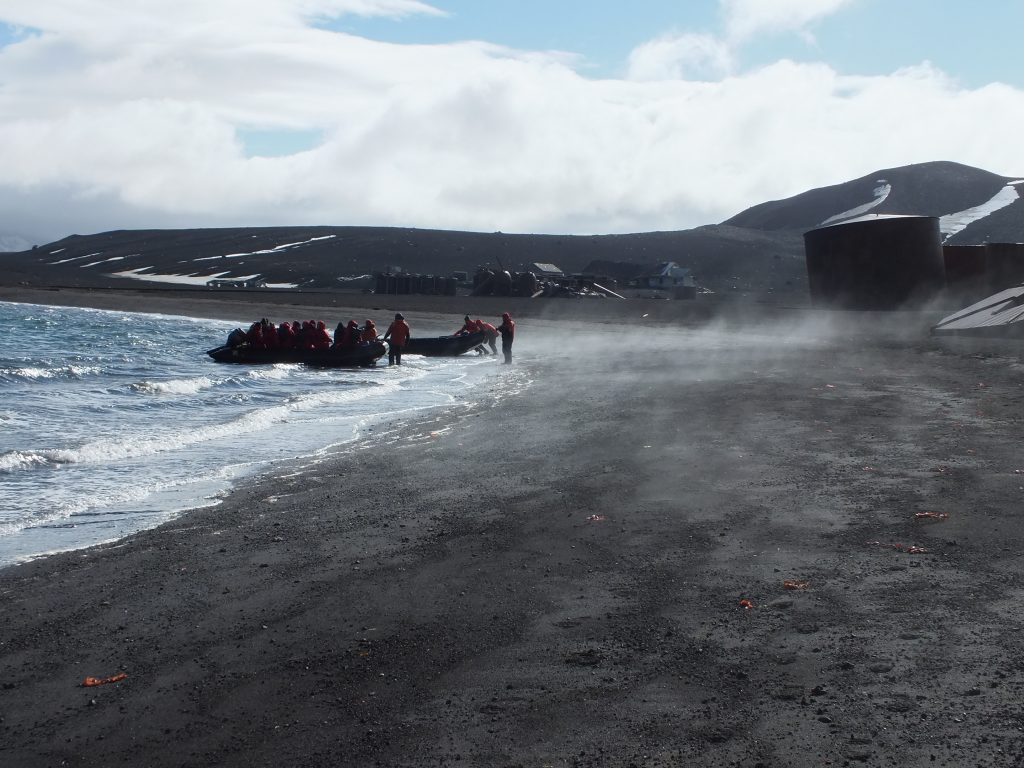
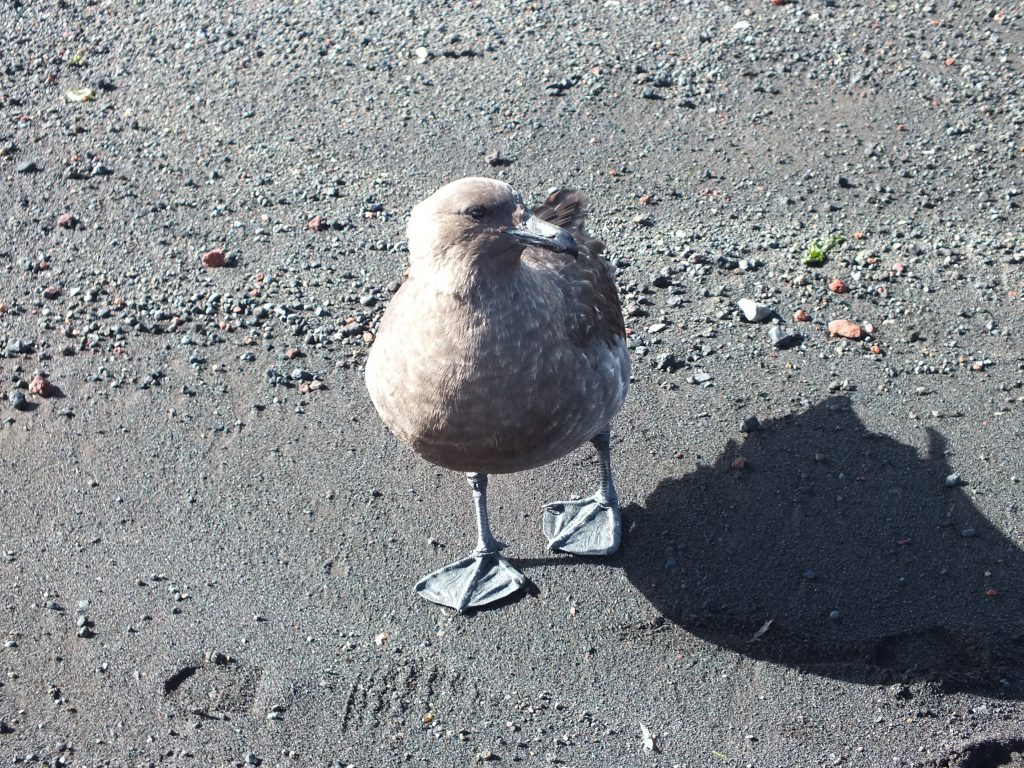
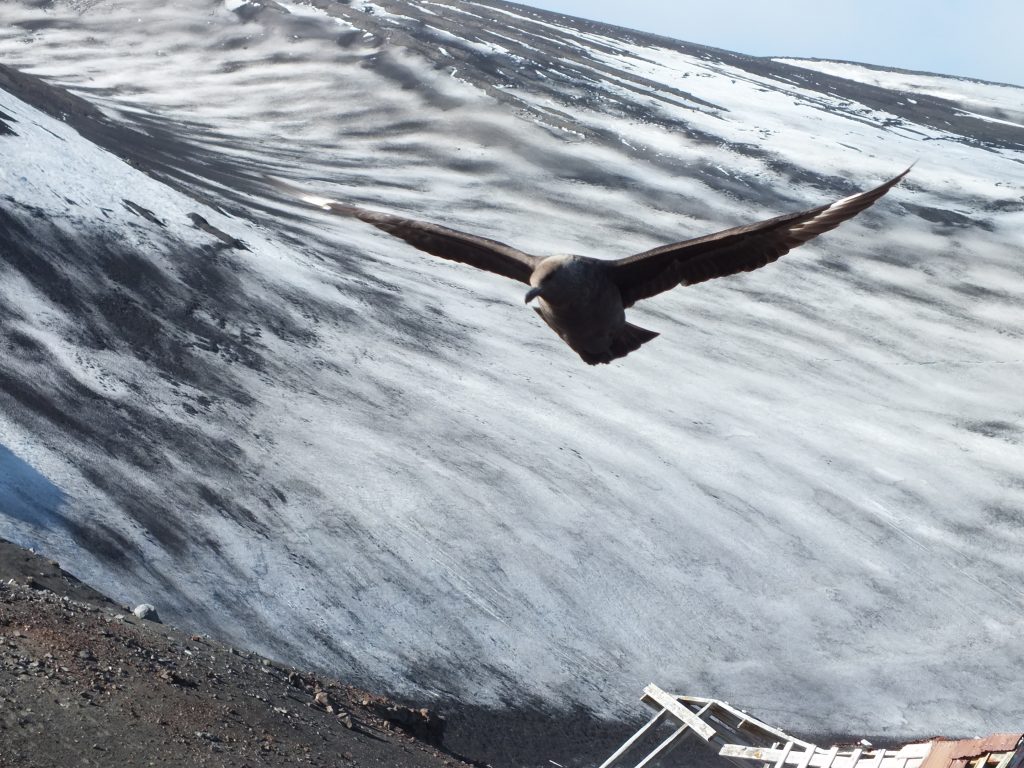
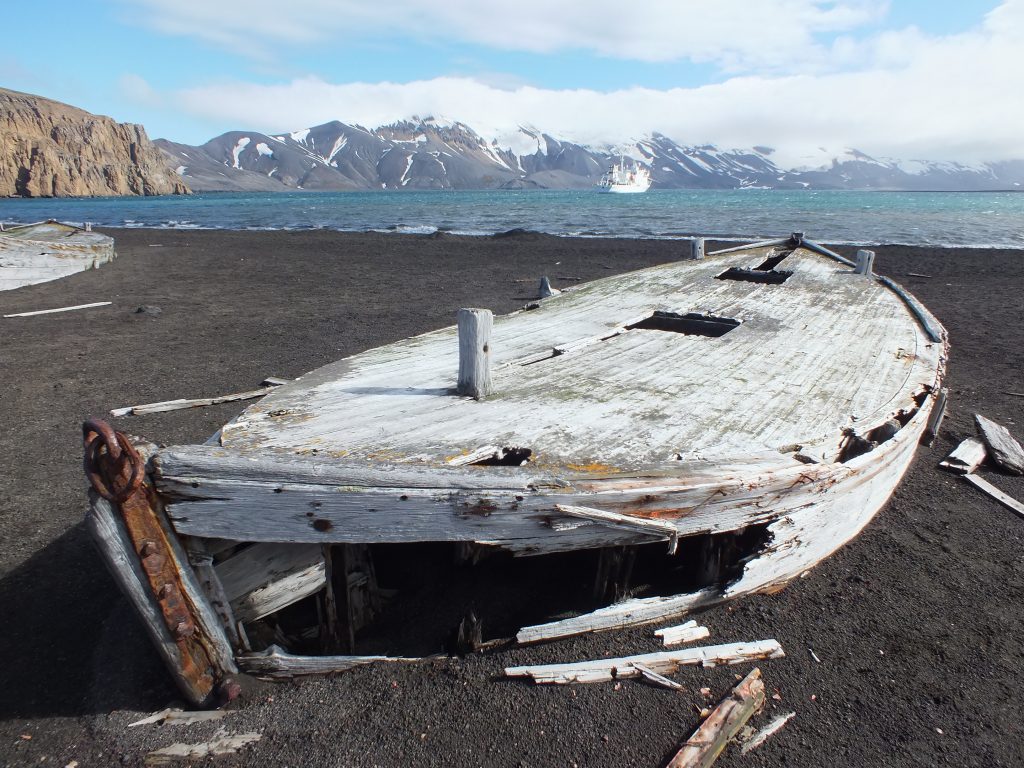
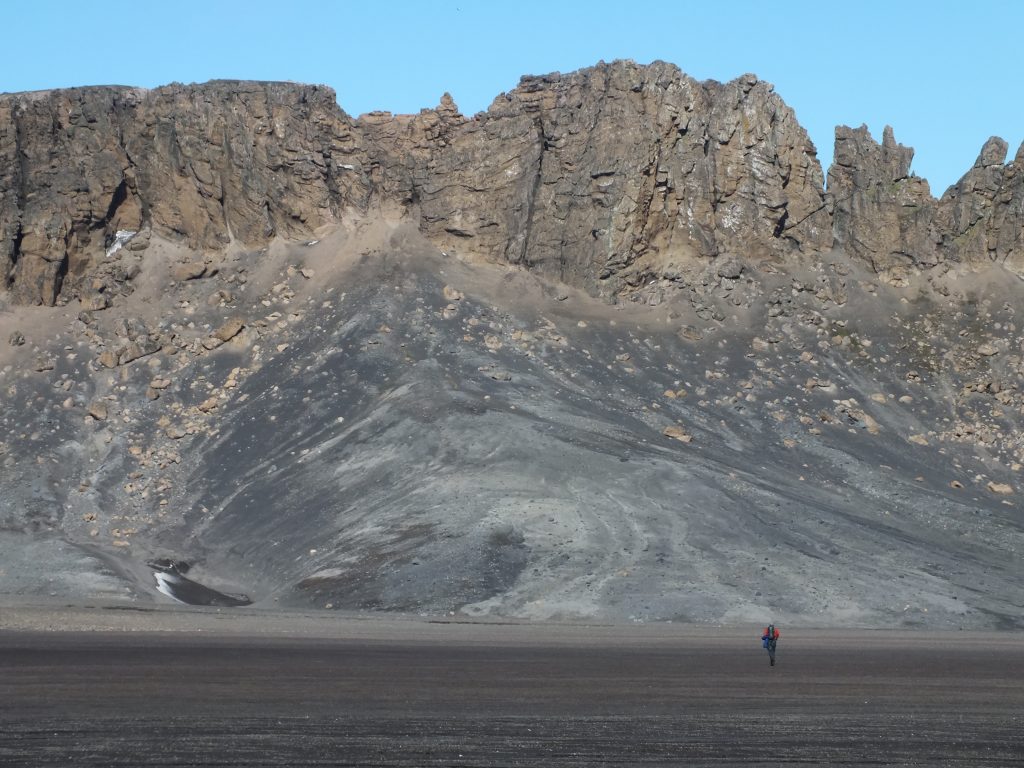
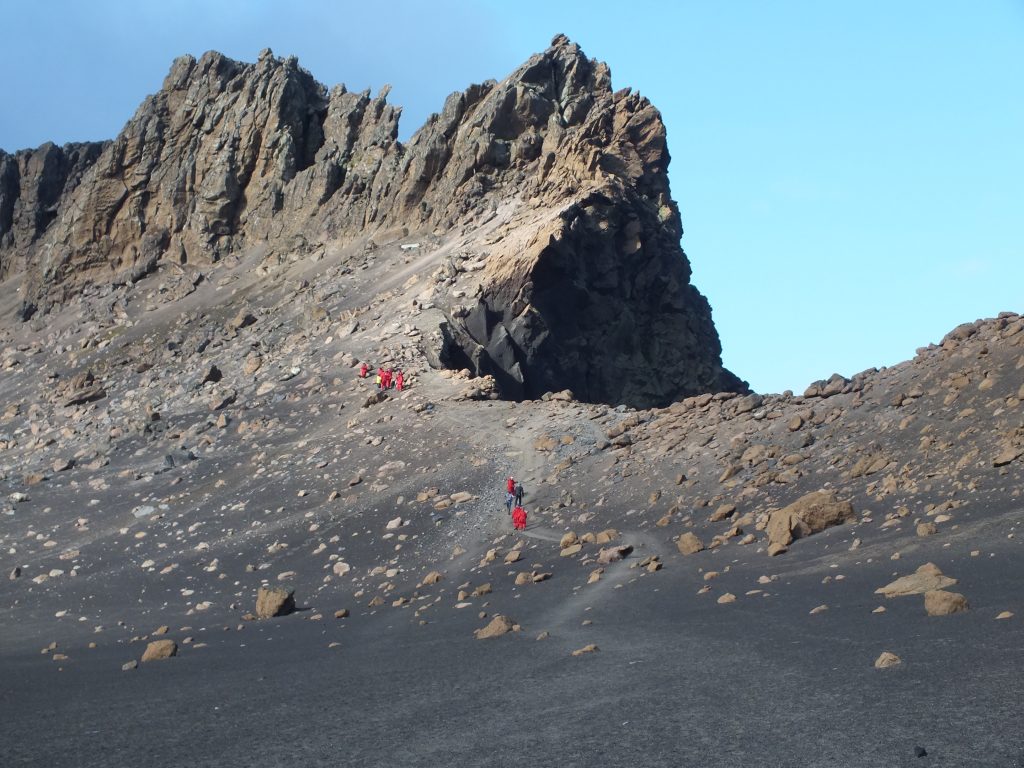
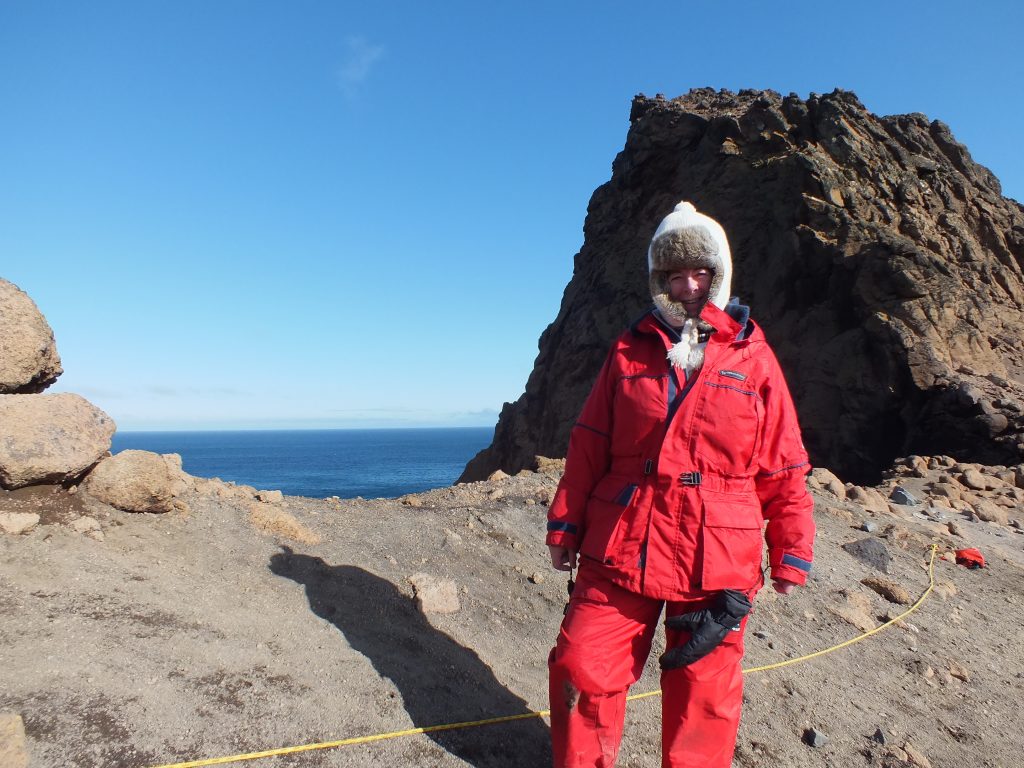
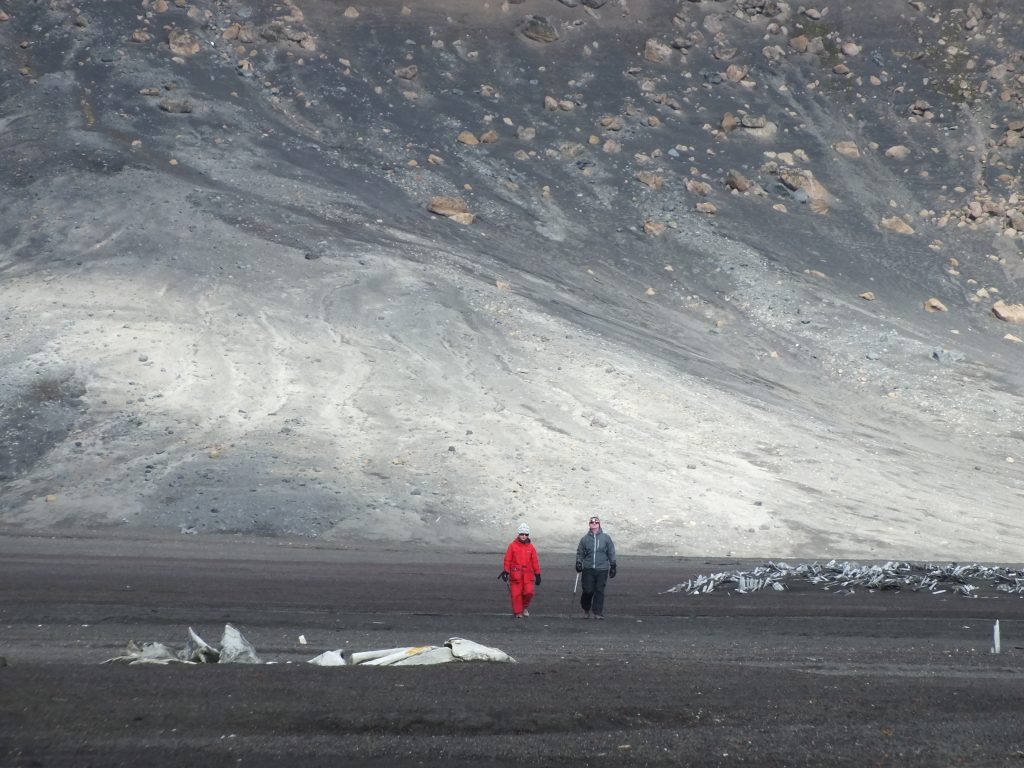
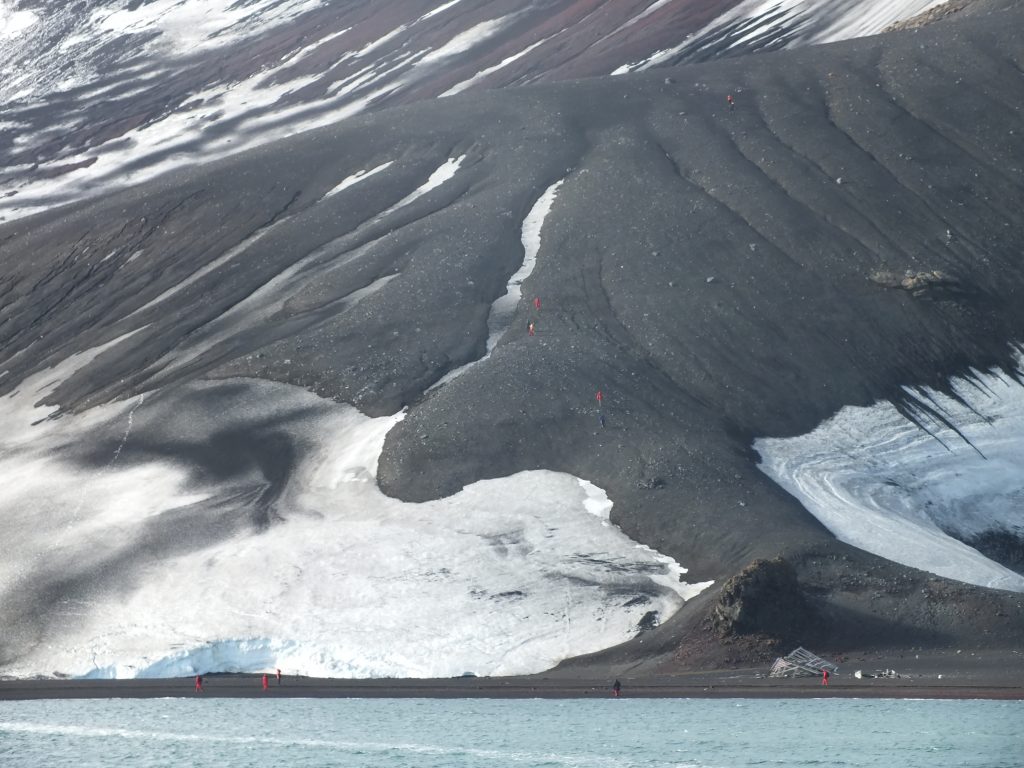
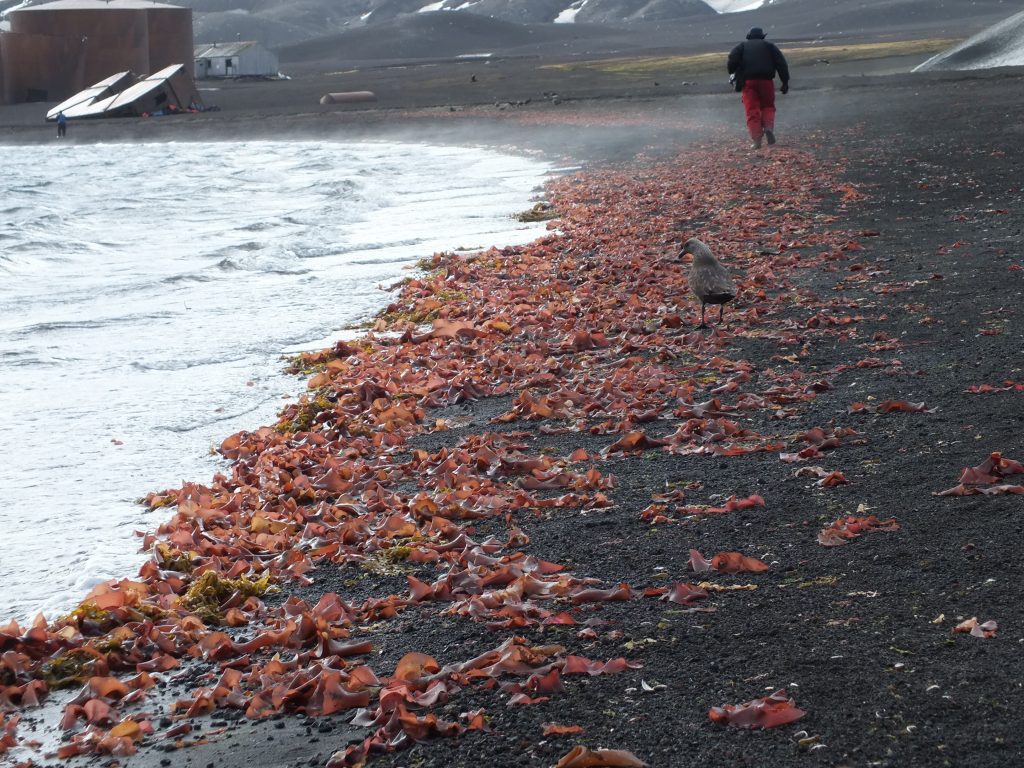
Final days of what has been an amazing experience. Our Exodus guide doesn’t have a license to operate in Zanzibar so once we were deposited safely at the beach resort we were left to our own devices. Probably because of this, Exodus tucked us away in a very nice tourist resort where we could come to no harm. Or so you might think! More about that later.
The resort was in an enclosure with beauty salons, restaurants and bars. But the beach was open to all so we still had interactions with locals which was great. It was a nice opportunity to chill out with what had become good friends over the past couple of weeks. The safari was full on with little down time so up until now we didn’t really have a chance for idle chitchat.
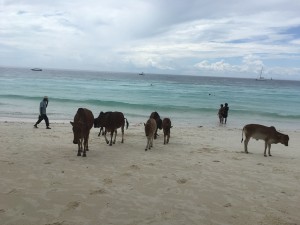 The rainy season has just started and our first day wasn’t one for the beach so Margaret and I struck a deal with a salon and treated ourselves to a full body scrub and massage. Always good to do this before you get a tan. And of course after all that vigorous work we had to head off for cocktails. We also found a wonderful Italian restaurant run by Italians so I abandoned the diet and promised myself lots of walking and swimming to make up for the indulgence.
The rainy season has just started and our first day wasn’t one for the beach so Margaret and I struck a deal with a salon and treated ourselves to a full body scrub and massage. Always good to do this before you get a tan. And of course after all that vigorous work we had to head off for cocktails. We also found a wonderful Italian restaurant run by Italians so I abandoned the diet and promised myself lots of walking and swimming to make up for the indulgence.
Margaret got up early every morning and went for long walks on the beach. I didn’t. She found a village with lots of little shops with very chatty owners. She traded an old pair of Birkenstocks for some jewelry. I just lay on the beach reading and listening to music. Bliss.
The next day was to be cloudy in the morning but sunny for the remaining days. So we organized a snorkeling trip for myself, Margaret and our friend Laurie. Because the other 2 were unsure about their snorkeling abilities, we hired a private tour so we could dictate the swim lengths and return time. The water here is warm and clear. The coral is amazing and lots of little fishies.
By time we came back to the resort the tide was out so were let out of the boat a good distance from shore in shallow water at some rocks. This is where our boatmen let us down. Only one guy was holding the boat steady, but from the bow so the boat was able to swing. Which it did as I stepped off. I saw a wave coming and just knew I was going to be pushed onto the rocks. So I started to roar at him to steady the boat otherwise things could have been a lot worse. But as it was, both ankles got pushed into the rocks. At first I thought I had just been scratched but when I reached the shore I saw a number of long black spines sticking out of both ankles. Sea Urchin spines. I had no phone so couldn’t check how long I had to live. So I just pulled out the ones I could get a grip on but about 20 more were imbedded.
I raced up to one of the boat hire huts wondering if my racing heart was spreading the poison even faster. Always the drama queen, right? I was reassured (briefly) when told this is a common occurrence and they had just the cure for me. I was less assured when after what felt like the longest wait, this guy approached me with a long knife. I thought I was about to be butchered. But no, the local cure is to use the knife to punch holes in a papaya and after smearing paraffin on my ankles the papaya juice was applied. The stinging, which is fierce by the way, immediately stopped and after a second application a couple of hours later, the imbedded spines melted. Take that Bear Grills!!
The sunsets, as you can see are spectacular. All in all a perfect end to a perfect trip. And now we have both set foot on all 6 continents. Who knows what the next adventure will be. Whatever it is, I can’t imagine a better traveling companion than Margaret.
The Zanzibar archipelago includes over 50 islands, set in the beautiful Indian Ocean. The main island is Unguja and we stayed in the main town, Stonetown over night. We arrived in on a small propeller plane on a very hot afternoon. But before that I must tell something I did which is most out of character for me.
The airport in Arusha is little more than a cobbled together set of shacks. While we were waiting for the flight we all had our phones, tablets and cameras out swapping photos. Stuff everywhere. When we eventually were called to board, a short walk across the tarmac, there was a mad scramble to pick up our belongings. Mercifully, just at the bottom of the steps of the plane, I checked my handbag for my phone and there it wasn’t. I tore back to where we had been sitting, aware that I only had minutes before take off, and it must have been the look of panic on my face, but a couple of people approached me to ask had I left my phone behind. A man was just on his way to security with it.Seconds later and I would have missed him. Delighted to see such honesty amidst such poverty. Not sure it would happen in Dublin.
On arrival at our friendly family run hotel, we met the owner and were assigned our big comfortable rooms. Great to be in a bed again! And to have our very own bathroom. Exodus had arranged for us to meet a local guide who gave us options of some tours. We elected to do a walking tour of Stonetown the following morning, followed by a visit to a spice plantation. There was an also option to visit Prison Island where they have giant tortoises from the Seychelles. We didn’t bother with this.
Over 90% of the population here is Muslim but the Muslims and Christians seems to live peacefully side by side and made a point of building mosques and churches alongside each other. The buildings are made from Coral “stone”, hence the name. There is a quaint crumbling feel to the town. But also a great buzz of activity.
Zanzibar was an important trading center in the 19th century. It was a flourishing center for the spice trade and the notorious slave trade. Slaves were brought here from Central and East Africa and were mainly sent to Arab countries. There is a real mix of cultural influences – Arabian, European, Persian and Indian.
The prosperous merchant/trading class built substantial stone houses and had impressive wooden doors carved to depict their particular trade. A carved linked chain going around the edge of the doorway meant the family were involved in the slave trade. Likewise, cloves etc for the spice traders. Large brass spikes were mounted onto the doors – a sign of wealth and a throwback to a fashion of the time in Indian. In India, these spikes were used to keep elephants from leaning against their doors.
Tipu Tip was a powerful merchant and infamously cruel slave-trader who lived here in Suicide Alley between 1837 and 1905. He had a big wooden door but neglected to add the carved chains. He was hiding the fact that he was a slave-trader. Aptly enough he also spent time in the Belgian Congo. I bet he felt right at home there!! The locals to this day despise him and as a mark of respect fling their rubbish onto his grave.
The market was alive with every kind of fruit, veg, fish and spice. We managed to quickly take a few photos but no time allowed for shopping. We did stop for a rest in a coffee house but forgot to buy any fresh coffee. Don’t know where our heads were at.
At this stage, even though it was only about 10am, the day was already very hot and sticky. We passed by the slave museum but after a couple of very brutal stories from our guide, we opted not go inside but instead continued our walk around the town.
In the afternoon, we headed off to a spice plantation. A community of about 300 people live on the plantation, our guide amongst them. He walked us around a lush, forested plantation where we saw a vast array of spices growing. Pepper, cloves, nutmeg, turmeric, vanilla and more. We enjoyed a lunch prepared by some local women. Sat on a mat around a large pot of chicken stew and rice watched closely by a group of shy children and a few of the women. Really tasty. With lots of food left over (to the children’s delight), we continued on our walk. We got to buy some spices and enjoyed tea and fresh fruit. I normally only like real tea. But I loved the ginger tea.
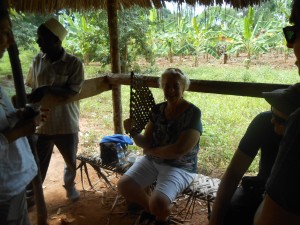
Relaxing with a cup of ginger tea. A young kid made me a fan from some leaves. As usual I was hot and bothered.
Our packed schedule was not over yet. After the tour of the spice farm we headed to a beach resort in the north of the island, Nungwi, a couple of hours drive away. We would have loved to have spent more time in Stonetown. Lots of little shops, places to eat, bars and a couple of very posh looking hotels. Definitely a destination.
Next blog will be from Nungwi, and it will be the last.
Because of the rough terrain from the rim of the crater to the floor, we left the bus at the campsite and were collected at crack of dawn by a number of 4X4’s. The floor of crater is now fully the domain of a wide variety of wildlife but this was not always the case. When the British created the Serengeti Reserve they uprooted a number of Masai tribes and moved them into the crater where stayed for about 40 years grazing their flocks. Then, in 2009, the Tanzanian government decided tourism was more important so the Masai were uprooted again and now no one lives there. Our guide told us that Ngorongoro is the Masai word for cowbell. No cows there now.
We picked up an interesting nugget of information as to why zebras migrate along with wildebeast. The Tanzanians call wildebeest “zero brain”. I’m sure most of us have seen the David Attenborough clip of a crocodile catching a wildebeest while it’s mates look on. They scatter (but not far) and moments later reconvene at the water’s edge only for another to meet the same fate. The wildebeest are really really stupid. They can’t remember from one year to the next what their migration route is. However, they are good at sniffing out water. The zebra, on the other hand, are good navigators but not good at finding water. So they travel together – a match made in heaven. The zebras below have all eyes on this lion but didn’t bolt. We later noticed that he was injured. Looked like he was in a fight.
The crater floor is used as a retirement home by elephants. The old and infirm come here to live out their last years when they can no longer keep up with their families.
The Ngorogoro crater was just amazing. An abundance of wildlife. I’d highly recommend it if you are ever in the region. We loved it. It was the perfect end to the perfect safari.
And I can’t finish the safari blogs without one last photo of my favorite. The warthog. Next stop Zanzibar.
We spent 2 nights camping in the Serengeti. Up until now we have stayed in campsites outside the reserves and National Parks. This time, we camped on open ground in one of the public campsites. We had the place to ourselves. I wonder why. The facilities were very basic – cold showers but at least there were flush toilets. Because the site is not fenced off we were not allowed to visit the facilities after bedtime unless you got agreement from your tent mate to accompany you. But more about that later.
We stopped at the entrance to the reserve and the crew rustled up lunch. The first woman to visit the toilets got attacked and stung by some class of a bee. She was very stoic while we waited to see if there was any adverse reaction. Luckily not. There was a tourist shop selling coffee! Something I am missing badly is good fresh coffee.
The photo above was taken from just outside our tent. Seconds later a herd of zebra came galloping past. Everyone around was looking at them in awe. I was looking behind them to what had them racing off in such a rush. I have been assured there are no lions in this sector. But you never know….
Due to toilet restrictions Margaret had fashioned a She-Pee out of a large plastic water bottle. It looked like it would work, but if you fell over midway you’d make a terrible mess in the tent. That night we went to sleep to the sound of screaming hyena. There was also something munching nearby but needless to say we didn’t investigate.
Inevitably, I had to get up in the middle of night. Breaking the rules I didn’t wake Margaret but grabbed a torch, put on runners and ventured out only about 1 foot from the tent. In accordance with instructions I scanned the area with the torch but saw nothing. Our neighbour was not so lucky. She also came out on her own, scanned with the torch and the light landed on 3 Buffalo sitting meters away. She got such a fright she fell over. On scrambling back into the tent she woke her friend saying she had sat in some prickily undergrowth and asked her to pick out the offending greenery. On being faced with a bare bum, her friend quickly discovered that in fact she had brought a load of biting ants back in with her. It was bedlam apparently but Margaret and I slept through it all.
The Serengeti is vast. And while the wildebeest migration was still going on they had already passed through the area we were in. Something to bear in mind if thinking of visiting. A lot of the animals we saw we had already seen in the Masai Mara so I concentrated on photographing birds and landscape. Both of which were amazing.
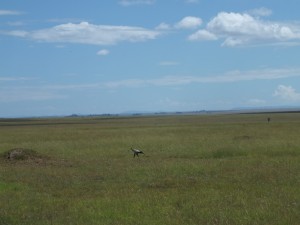
Secretary bird – jumps up and down on snakes to kill them. You might need to click on this one to enlarge.
Next stop is the Ngorongoro Crater. I’ll post that later in the week.
Farewell to Kenya – we‘re off to Tanzania. We didn’t have many opportunities to meet Kenyan people but those we did meet were polite, helpful and always smiling despite their obvious poverty. And of course our 4 Exodus crew are all Kenyan.
While in the Masai Mara, Margaret and I upgraded from tents to a “lodge”. The campsite had a limited number of dwellings made of chipboard and canvas but nonetheless had 2 beds, toilet and shower. Luxury! Once our fellow travelers heard there was a possibility of an upgrade there was a human stampede and despite being first to ask we were assigned a lodge deep in the undergrowth miles from the bar and kitchen. Well, Margaret was having none of this and before I knew where I was, we were directed to a much more desirable location, a stones throw from the bar by a much chastened park attendant.
(we have a photo of the lodge but can’t find it at the moment)
While the area around the lodges was green and lush (with plenty of little critters), the landscape in general was very arid. We are at the end of the long dry season. We rarely, if ever, saw a piece of cultivated land apart from a corner of maize – looking poorly. At the roadside markets huge heads of white cabbage, sweet potatoes, carrots and potatoes were being sold by women dressed in bright colors. Roads were dusty and we wondered how these people didn’t choke. School children ran alongside the bus waving, wearing their school uniforms, amid clouds of dust. Avacados grow abundantly and we saw trees laden down. They were very cheap also in the market and we enjoyed our chef’s “Doli Moley“ for lunch. Traditionally the Masai don’t cultivate the land. They eat neither fruit nor veg in their diet. Finding pasture for their cattle, sheep and goats is their full time occupation. Their herds, large or small, are always cared for by a shepherd.
On leaving the Masai Mara reserve we crossed the Mara river and came across about 20 hippos, wallowing. They don’t seem to do much except flick water over themselves using their tails. But apparently they can walk up to 10k in search of food.
By mid afternoon we were at the border of Kenya and Tanzania at a town called Isebania. They are very fond of paper work in East Africa!! We filled out forms to exit Kenya. Then walked across the border into Tanzania, filled out more forms and paid $50 dollars for a visa. Then off to the bank to get out Tanzanian schillings – more paper work. There seems to be a lot of animosity between Kenya and Tanzania. I must check this out when I get home. They wanted to search the whole bus and all our bags which would have taken forever and just seemed to be for divilment. We did a deal that 6 of us would bring in our back packs to be searched and this seemed to satisfy officialdom.
Lake Victoria is around 100k from the border. We had been warned that Lake Victoria and the Serengeti are plagued with Tsetse fly and that their sting is very painful. But apparently you need about 100 stings before you get seriously ill. Not long after the border crossing these pesky flies started to come in the windows. Time for the 100% deet I had been saving for just this type of occasion. Lots of people got stung – but not us. Although I did smash one into the window and was shocked at how much blood it had in it. Yuck!
Given the tsetse fly situation and no doubt lots of mozzies this close to the lake, Margaret opted to upgrade us to a chalet. Thank goodness. There was a bar here too which was very welcome after such a long day. Generally, we are in bed by 10pm and up at 6am, so not much pub time.
Next stop – Serengeti for 2 nights. We will be camped in open bush with cold showers and primitive bathrooms .
After our Champagne breakfast the balloon company sent us off in a small Jeep to meet up with the rest of our group who had been on a game drive from around 7am. Turns out the driver knew all about the cheetahs we had seen the previous evening. He knew their favourite routes and soon tracked them down. As luck would have it they were on the hunt for their breakfast. They had their eyes on a group of impala and ignored any humans around – totally focused on the job at hand. Cheetahs communicate with flicks of their tails. The group of 5 split into two. 3 staying downwind of the impala as a distraction while 2 headed upwind. Then in a pincer movement they attacked. We only saw a scatter and dust cloud, not an actual kill.
We eventually joined our group and had lunch on the plain before an afternoon game drive.
This afternoon we saw more of “the big five”. Lion, leopard, elephant as well as hyena, Thompson’s gazelles (one of my favourites), Topi (one of Margaret’s favourites)
Warthogs are difficult to get good shots of as these are shy animals.
Below are photos of Margaret’s favourite – Topi. These guys are great lookouts and can often be seen standing on the only available high ground. If the Topi start to run all other animals around follow suit.
On the way into camp last night our guide helped a small group of us arrange a hot air balloon ride in the Masai Mara. I originally wanted to do it in the Serengeti but there was a chance that this might be booked out so we decided to take the opportunity as it presented itself.
We were up at 4:30am so that we would be in the air for sunrise. When we arrived at the launch site two balloons were being inflated and the baskets were lying on their sides. We had to climb into our section which held the first 4 people. Put the bags between our knees and hold on to the handles.
It was an absolutely amazing experience. So peaceful, except when the pilot used the flame to give us further height. But that was just for short bursts. The highest we reached was 1,000 feet – but at other times we stayed quite close to the ground to get a better view of the animals.
The animals were largely unaware of us. We came across a pride of lions and unfortunately frightened one of the cubs who tore off in a direction away from the pride. We moved away quickly and looked back to see the Mother heading off to retrieve the youngster. It didn’t feel good to have interfered with them. But otherwise a truly wonderful experience.
The landing was skillfully executed. We landed without a bump onto the back of a trailer. The balloon was then deflated by opening a section in the roof of the balloon.
Then off for a wonderful breakfast with copious amounts of Champagne. All in all a memory we’ll cherish.
To support the local Masai community we were invited to visit a village near the campsite. The Masai are a tall, slender race who believe that their ancestors ascended from the sky with dogs, cows, camels and goats. To this day they believe that all the cows in the world belong to them. The number of livestock determines a family’s status. Tribes attack each other in cattle raids much like the Celts did. The Masai have managed to hold on to many of their traditions and cultures. Over 300 people live in this village. The chief is 92 years old and he and the elders manage the community. His son, Sakun, led the visit in full tribal dress.
We were greeted by a group of village women performing a welcome dance.
We were invited to enter the village through a narrow passageway between two homes. 3 beautiful boys stood at the door of the first house. Naming children is a curious tradition. Whatever the prevailing circumstances at the time of birth defines how a child will be named. So, at present, names like Nokia, Samsung and Obama are commonly chosen!!
The young men train to be warriors at 15/16 years old. They are first circumcised and after a few months recovery they leave the village to go into the wild. There they stay testing their survival skills for 5+ weeks after which they become Morans (warriors). The lion hunt that marked this right of passage is no longer allowed and has been replaced by tribal dances. Some warriors performed part of a tribal dance and each displayed their jumping ability – this is a sign of prowess among the Masai people.
3 things distinguish the Masai from other tribes. Wearing red, removing the 2 front bottom teeth and cutting and stretching boy’s ear lobes. This last one is no longer practiced because a young Masai boy has become a famous footballer – and cut ear lobes are not allowed in this sport.
Children flocked around and were curious. We were told not to give them gifts however they liked getting their photos taken and seeing themselves on camera screen afterwards.
Polygamy is still practiced – but the first marriage is arranged by the family. 8 cows is the standard dowry – given by the husbands family. The women build their own house using cow dung, ash and tree branches. Similar to the Celtic wattle and daub. Inside there a room for small animals, 2 small bedrooms and a kitchen.